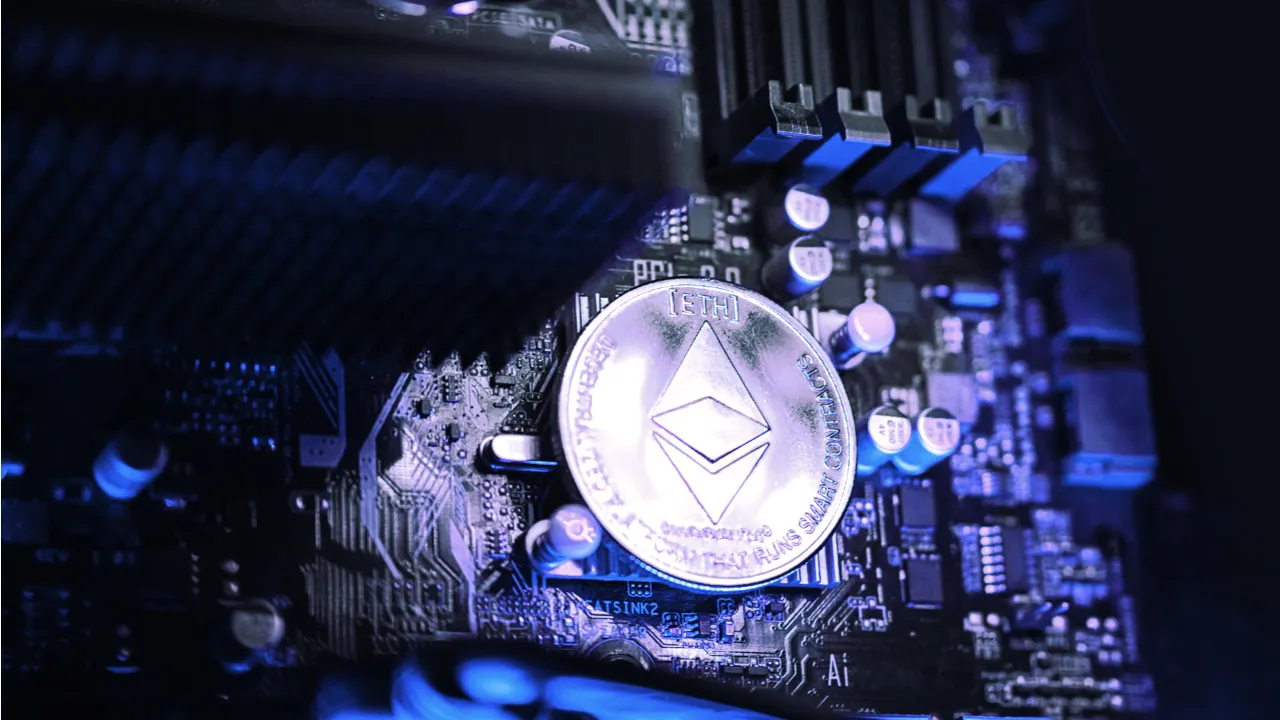In brief
- Arrow Glacier gives developers a few more months to work on Ethereum 2.0 without distractions.
- Ethereum's last update, Altair, was in October.
Just a few months ago, Ethereum developers were asking users to update their nodes—the devices that run the network software and (typically) store the immutable ledger of transactions.
They're at it again, this time to delay what's known as the "difficulty bomb"—a periodic task that will become obsolete after Ethereum 2.0 takes full effect and the network transitions to a proof-of-stake consensus model that does away with crypto mining.
Unlike the London hard fork, which changed the Ethereum fee structure and introduced deflationary pressure to the network, the Arrow Glacier upgrade slated for this week is nowhere near as drastic. In fact, it isn't even as adventure-packed as Altair, the October upgrade that prepped the beacon chain—the starting point for Ethereum's switch to proof of stake—for prime time.
It's been fewer than three months since the Ethereum blockchain underwent a massive network upgrade that changed how miners are paid. Now, the blockchain's core developers are embarking on another update, Altair, set to go into effect on Wednesday, October 27.
Altair is the first time the beacon chain, which is helping transition the network away from proof of work, is being upgraded on the main network. And according to Pooja Ranjan, who heads up a decentralized group of project managers known...
Arrow Glacier's sole purpose is to stop a bomb from going off and give developers more time to move the network to Ethereum 2.0. Without it, the current network could become less usable.
That bomb has been ticking since 2015, when developers began creating the Ethereum network. The network's creators hoped to move past Bitcoin's consensus mechanism, proof of work, which incentivizes people to contribute computing power to run and secure the network by giving them newly minted coins.
Proof of work creates an arms race for ever-more computing power that's neither great for the environment nor people's garage clutter, which is why the network has been transitioning to proof of stake. In this design, coin holders can lock up their ETH in the network to secure the blockchain; in exchange, they receive newly minted ETH in proportion with their contribution, even if they don't have the fanciest hardware.
Knowing early on that they wanted to steer Ethereum away from proof of work, developers hardcoded an incentive inside the blockchain to make sure they did so. That code, known as the difficulty bomb, would make it harder for people to mine ETH and slow down the network as long as it remained proof of work.
Though the London hard fork in August delayed detonation until December—just as previous upgrades have—developers have had to come back to the table to delay it again.
There's hope that upgrades like these may soon be unnecessary. Tim Beiko, who coordinates the network's core developers, wrote last week, "Hopefully, this is the last time the difficulty bomb is delayed before Ethereum's transition to proof of stake!"
Daily Debrief Newsletter
Start every day with the top news stories right now, plus original features, a podcast, videos and more.




